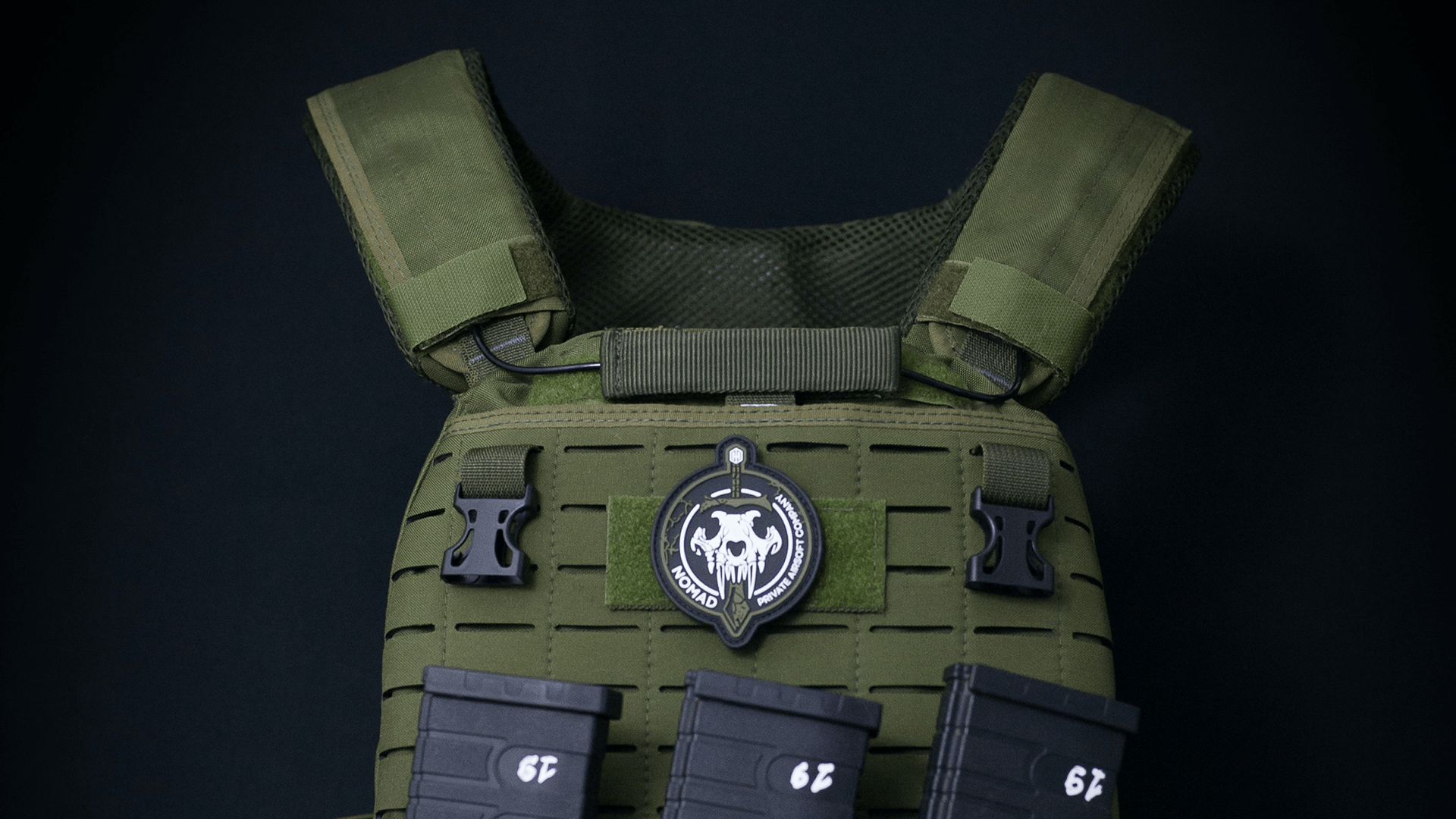Choosing the Right Body Armor
In the wake of recent shootings and increased awareness about active shooter situations, more people are looking into buying body armor than ever before. But with all of the different types of body armor on the market, it can be difficult to know which one is right for you. In this article, we will answer some common questions about body armor and provide tips on how to choose the right type for your needs.
Testing Protocols
One of the most important things to look for when choosing body armor is whether or not it has been tested to meet certain safety standards. The National Institute of Justice (NIJ) is the primary testing and certification body for body armor in the United States. To earn NIJ certification, a piece of body armor must pass a series of tests that evaluate its ability to protect against specific types and calibers of ammunition.
Types of Body Armor
There are two main types of body armor: hard and soft. Hard body armor is typically made from steel, ceramic, or composite materials, and is designed to protect against high-velocity rifle rounds. Soft body armor is usually made from Kevlar or other bullet-resistant fibers and is designed to protect against lower-velocity handgun rounds.
Soft body armor is typically lighter and more comfortable to wear than hard body armor, but it offers less protection. For this reason, many people choose to wear both types of armor for maximum protection.
Choosing the Right Size
Another important consideration when choosing body armor is size. Body armor should be snug but not too tight, and should allow a full range of motion. If you are buying online, make sure to consult the size chart of the manufacturer to find the right fit. And if you are unsure about which size to choose, it is always better to err on the side of larger rather than smaller.
Wearing Your Body Armor Correctly
Once you have chosen the right type and size of body armor for your needs, it is important to make sure that you are wearing it correctly. Body armor should be snug against your body and fastened securely. The straps should not be too loose or too tight, and the armor should not impede your ability to breathe or move freely.
If you are ever in doubt about whether or not your body armor is properly positioned, it is always best to ask a professional for help.
By following these tips, you can be sure that you choose the right body armor for your needs. And by wearing it correctly, you can maximize its protective capabilities in the event of an emergency. Stay safe out there!

